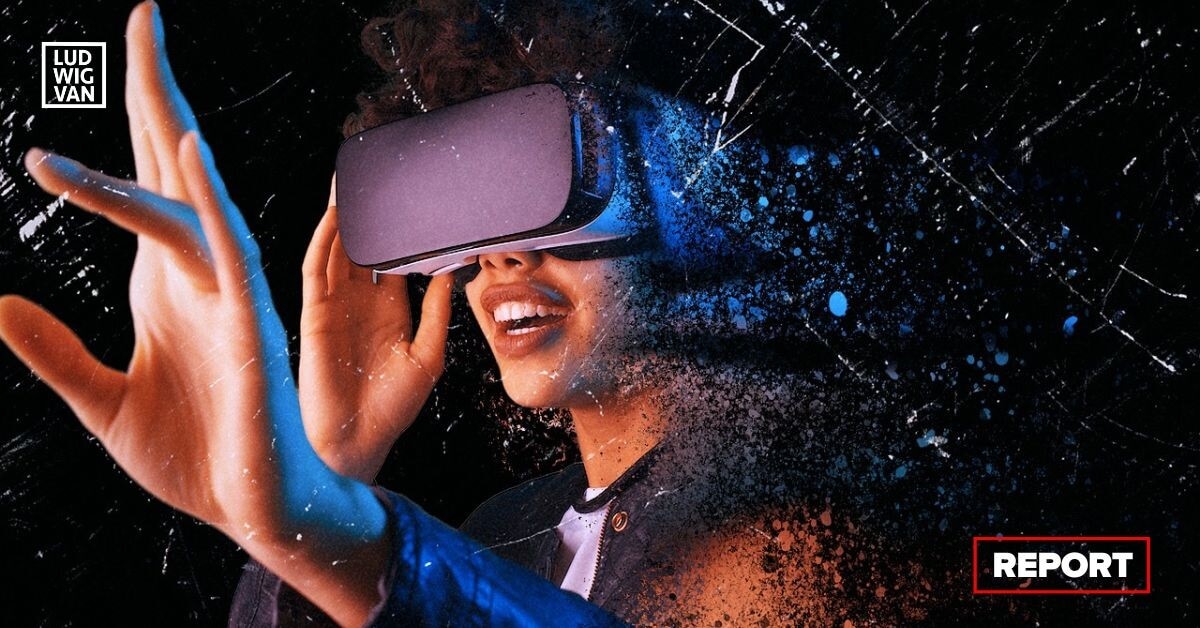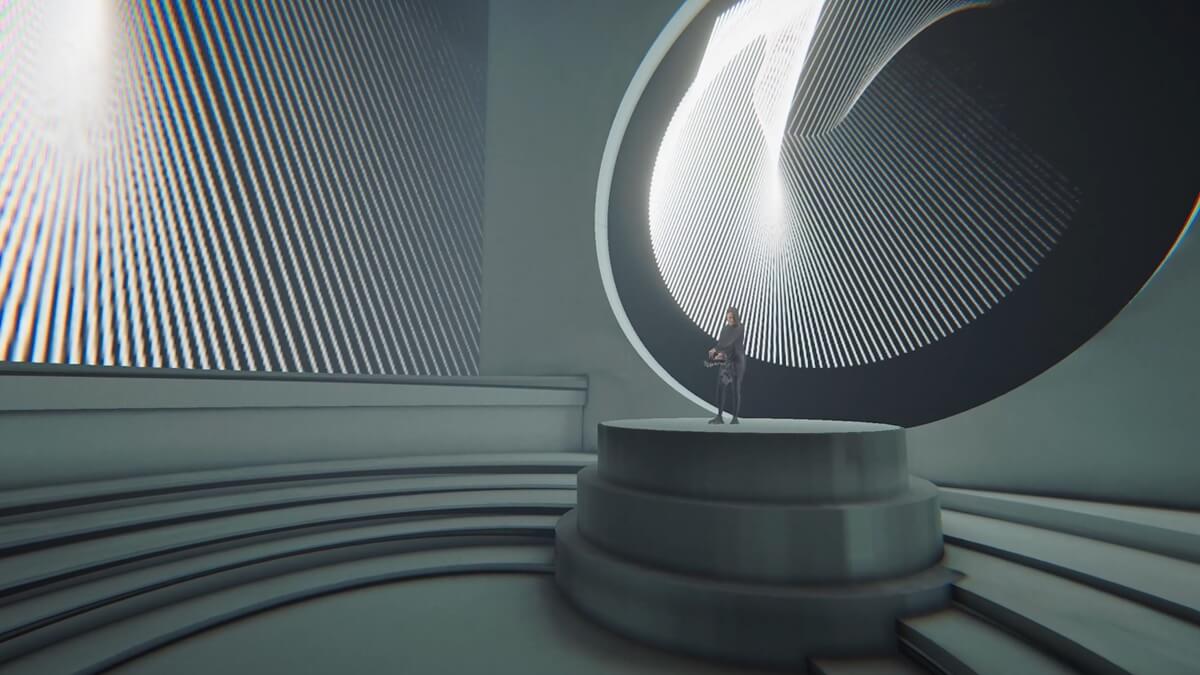
Back in 2021, Korean chamber orchestra the Sejong Soloists attempted to put together their own music room in the very new metaverse. The ensemble partnered with a South Korean blockchain and AI company (Common Computer) to develop a space they called a Classical Music Town In The Metaverse. Live performances took place within that metaverse at the Hic et Nunc (Here and Now) music festival that summer. At the 2022 iteration of the festival, NFTs were issued rather than another attempt at metaverse streaming.
In November 2022, the Hic Et Nunc NFT art marketplace shut down suddenly. It left artists who had participated in the first ever NFT exhibitions at the Hermitage Museum and Art Basel wondering what would happen to their work.
However, the situation also demonstrated one of the strengths of the new technology. The NFTs were preserved by the blockchain technology, and nothing was lost. The artists could choose another platform, and keep exhibiting.
The story illustrates the ups and downs of the still-nascent technology.
Just what is…?
The metaverse, for the uninitiated, is a digital 3D world that anyone (theoretically) can enter via a virtual reality (VR) headset. You appear as an avatar that you can customize with various details. In the metaverse, you would live a digital life in a home you can furnish, and in a neighbourhood you can explore. You’ll meet your neighbours, go to work, play games, and do many of the everyday things you can do in the real world, along with much more, of course.
Everything is integrated into the digital metaverse, without the necessity of switching programs, windows, or anything else.
NFTs, music and the metaverse
NFTs are an integral part of the metaverse as it is unfolding. For artists and musicians, it’s important because it involves how to facilitate selling your work directly to fans, without any intermediaries, among other things.
A few definitions seem in order.
- NFT: Nonfungible tokens, each of which is unique. Digitally, they serve as a mark of ownership of a specific file (more on that later) that exists on a blockchain.
- Blockchain: At its most basic element, it is type of database that exists across the nodes of a computer network. The blockchain stores information digitally. True to its name, information is stored in clumps or blocks with a finite capacity. When that capacity is filled, the block is sealed, then linked to the next block — hence the idea of a chain of blocks. Most importantly, it creates a secure network with a fixed timeline of data.
- Cryptocurrency: Put simply, digital currency that does not rely on a centralized service, and can be exchanged by parties anywhere via the blockchain. For the purposes of discussing music, most important is the idea that it also creates a certificate of ownership and originality.
The problem with art on the internet is that it is too easy to steal. The new technology looks to solve that issue with an indelible marker of both time stamp and ownership.

Performance in the metaverse
Pop and electronic artists are already performing in the metaverse, and while early efforts may have had aesthetic complaints, visuals have already come a long way. UK electronic music producer Halina Rice will be making their debut in the metaverse on February 9 with a live concert. The artist is partnering with a company called Condense, a UK-based firm that has pioneered taking livestreaming into 3D environments. The performance will feature a binaural mix, which takes surround sound and processes it for stereo speakers, to create spatial audio.
Halina Rice will appear in the round as a 3D hologram in a virtual venue created by Condense. Music venues are one of the ways that the metaverse will expand the reach of musicians of all genres. Mixed reality visuals (which can be viewed in both the real world and the metaverse) will accompany the live performance.
Audience members to the free event will be able to choose and customize an avatar, and move around the virtual venue.
The Hong Kong Philharmonic is enthusiastically embracing the possibilities. In May 2023, the HK Phil, under music director Jaap Van Zweden, will present the world premiere of The Metaverse Symphony by Hong Kong composer Elliot Leung. Hong Kong’s Statue Square will be recreated in the metaverse for an immersive performance.
For virtual audience members, the position that you take in the Square during the concert will determine which of the symphony’s four movements you experience. The concert will take place via the Sandbox platform, with a live premiere at the Hong Kong Cultural Centre.
Benedikt Fohr, HK Phil Chief Executive, commented in a statement. “Innovative technology may lead arts of all kinds to new horizons. The HK Phil is proud to present our first-ever Arts Tech programme, connecting emerging composer Elliot Leung and our valued partners in creating the first metaverse-inspired symphony. Down this path we are committed to exploring the world of music with innovative, creative use of technology.”
More metaverse for music
Many music artists are already selling music NFTs, which typically add links to images or video along with the audio.
In essence, an artist creates a unique digital work which is then attached to a blockchain through an existing platform such as Ethereum. Music NFTs can be customized as one-of-a-kind editions with a guarantee of authenticity. Concert tickets and merchandise can also be sold as or via NFTs.
NFTs can be resold, traded or shared in some cases. Unauthorized copying and sharing can’t happen, since the creator of the NFT can limit the number of copies by selling through an existing exchange. On the Royal platform, for example, musicians and artists continue to earn royalties from after sales because of the permanent record of ownership on the blockchain.
Some artists have made hundreds of thousands of dollars by selling unique versions of their songs. The user can then listen to it whenever they wish. Since musicians sell directly to their fans, they get all the profits; the advantages are clear.
Other artists and organizations are getting creative about monetizing NFTs. Living Opera is a Web3 (or metaverse) community dedicated to making sure classical music has its share of the new digital era. They’ve released a series of NFT projects, including the Magical Mozart NFT Collection.
The collection combines gaming with music. It’s based on the idea of Musikalische würfelspiele, a musical dice game that was rumoured to have been invented by Amadeus himself. In the modern NFT version, users get special dice to roll which generates classical music randomly, along with a musical segment the user gets to create themselves, and five layers of digital art inspired by The Magic Flute.
The proceeds go towards classical music education initiatives.
The Dallas Symphony Orchestra released an NFT to raise money for their musicians during the pandemic. The collection sold for $50,000.
The technology may not be perfect, and the lack of centralized authority adds a somewhat volatile edge to the proceedings, but classical music is slowly finding a home in the Web3 world.
#LUDWIGVAN
Get the daily arts news straight to your inbox.
Sign up for the Ludwig van Daily — classical music and opera in five minutes or less HERE.
- PREVIEW | The Works Of Barbara Strozzi & Maddalena Casulana Come Under The Spotlight In Apocryphonia’s Next Concert - April 23, 2024
- PREVIEW | Two Opportunities To See Pianist Christina Petrowska Quilico In Concert In May - April 23, 2024
- THE SCOOP | TSO Cellist Joseph Johnson Appointed As Associate Professor At Eastman School Of Music - April 22, 2024



